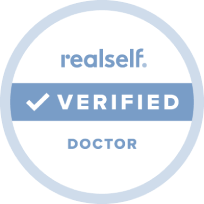As we get older and start to notice changes in our skin, we are most likely to notice the wrinkles around our eyes first. This skin is the most delicate of all the body and will quickly show signs of ageing and fatigue. There are fewer collagen and elastin fibers around the eye making it more prone to sagging and wrinkling. On top of its delicate nature, the skin around our eyes can show unique conditions such as puffiness, dark circles, milia, wrinkles, and loss of firmness. This is why there is such a massive market for under eye creams and treatments. If you have been throwing your money at these products without real results, you may be considering Laser Skin Resurfacing. Let’s take a look at the procedure and common outcomes as well as risks and recovery times.
PROCEDURES
All laser skin resurfacing procedures involve directing short, pulsating beams of light onto the damaged areas. There are two basic techniques used: ablative and non-ablative laser. The ablative laser causes the top layer of skin to peel off, leaving a pink under layer exposed. Don’t worry, a local anesthetic will be used. Depending on the degree of damage as well as the size of the area, the procedure can take anywhere from 30 minutes to two hours to complete. New skin will then grow over the new collagen fibers, making the skin appear younger, fresher, and wrinkle-free. The non-ablative option means that the laser passes through the skin without removing layers and involves little to no pain – a topical numbing cream is typically used. Here, the laser delivers heat through microthermal treatment zones. Old epidermal pigmented cells are eliminated and the heat tightens the skin to stimulate collagen remodeling. Obviously, recovery times for the two types of procedures is very different – we will address that below.
BENEFITS
Laser-based procedures offer many benefits because of the versatility of the technology. With several different types of laser devices, your doctor is able to choose the best tool that is precisely tailored for your treatment and skin type. Furthermore, if your primary goal is removing wrinkles under your eyes, the right procedure can help you achieve more comprehensive skin rejuvenation in more areas. And don’t forget how convenient these procedures are! Most take less than an hour and are simple, out-patient procedures.
Specifically, the difference in the condition of your skin after ablative laser resurfacing may take a few months to become apparent. Once healing begins, though, you will see fewer wrinkles and younger looking skin under your eyes. These results can last for years to come. If you opt for the non-ablative procedure, results will be more gradual and progressive. Most commonly, you will see improvements in skin texture and pigment, rather than disappearance of wrinkles.
RISKS: Ablative Lasers for Under Eyes
- Redness, swelling, itching – redness may last for several months, but the swelling should subside within a week or so. As new skin forms, the itching sensation will go away.
- Acne – the creams and bandages used to promote healing may worsen existing acne. Additionally, milia (tiny white bumps) may appear as well.
- Infection – as with all invasive procedures, bacterial, viral, or fungal infections are a risk. With ablative laser resurfacing, the most common infection is a flare-up of the herpes virus.
- Changes in skin color – the treated skin may become lighter or darker in the weeks following the procedure. Permanent changes in skin color are more likely in people who have darker skin.
- Scarring – there is a slight risk of permanent scarring.
- Ectropion (turning of the eyelid) – although very rare, there is a risk that the lower eyelid can turn out and expose the inner surface. Should this happen, it can be treated with antibiotics and steroid ointments as well as an eye patch. It should be corrected in about a month.
RISKS: Non-Ablative Lasers for Under Eyes
- Infection – just as mentioned above, a flare-up of the herpes virus is common
- Changes in skin color – non-ablative skin resurfacing can cause treated skin to become temporarily darker
- Mild swelling and redness – this typically lasts only a few days
RECOVERY
After ablative laser resurfacing, the skin will be raw and swollen. It may also be itchy. Your doctor will apply an ointment to promote healing as well as air- and water-tight bandages. It will take 1-2 weeks for new skin to cover the area so during this time, avoid activities that increase risk of infection, like swimming. You may use cool compresses as well as pain relievers to mitigate discomfort.
The recovery time for non-ablative laser resurfacing is comparatively minimal. There may be redness, swelling, and mild discomfort. Cool compresses should help with this. Normal activities and skin care routines can be resumed immediately.
IS IT RIGHT FOR YOU?
After a thorough consultation, medical history, and physical exam of the area, your doctor will discuss your expectations. She or he may want to find out more about your motivation for receiving treatment and be sure you understand how long it will take to see the results you are after. There are a few lifestyle changes you may need to make leading up to your treatment but most of them are temporary. Consider the following:
- Take medications – if you have a history of herpes around your mouth, your doctor will prescribe an antiviral medication before and after treatment in an effort to prevent an outbreak
- Avoid sun exposure – you will need to protect the skin to be treated for up to two months in order to avoid irregular pigmentation prior to treatment
- Stop smoking – you should stop smoking for at least two weeks prior to your procedure to promote healing and prevent complications
Overall, laser skin resurfacing poses little risk and great benefit to rejuvenate the skin under your eyes. Recovery time and severity differ depending on whether you choose the ablative or non-ablative procedure. The versatility of the tools used by your doctor means that you will be getting a treatment specifically tailored to your skin’s uniqueness.
If you would like to explore the possibility of laser skin resurfacing under your eyes, please contact us to schedule a consultation.
Can laser resurfacing be an option for healing the imperfections you see under your eyes?
Scheduling a personal video consultation is the best way to find out.
- Acne
- Botox/Dermal Fillers
- Browlift
- Chemical Peels
- Chin Augmentation
- Consultation
- Denver Facial Plastic Surgeon
- Deviated Septum
- Eyelid Procedures
- Facelifts/Necklifts
- Headaches/Excessive Sweating
- Healthy Living
- Laser Hair Removal
- Laser Treatments
- Latisse
- MedSpa
- Memberships
- Microdermabrasion
- Nasal Valve Collapse
- Non-Surgical Procedures
- Rhinoplasty
- Skin Care
- Thread Lifts
- Wrinkle Treatments


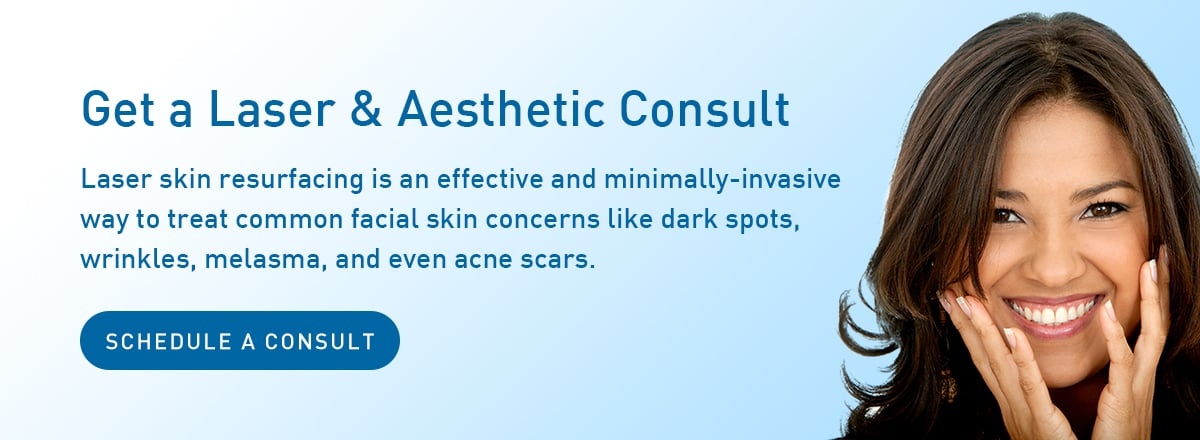
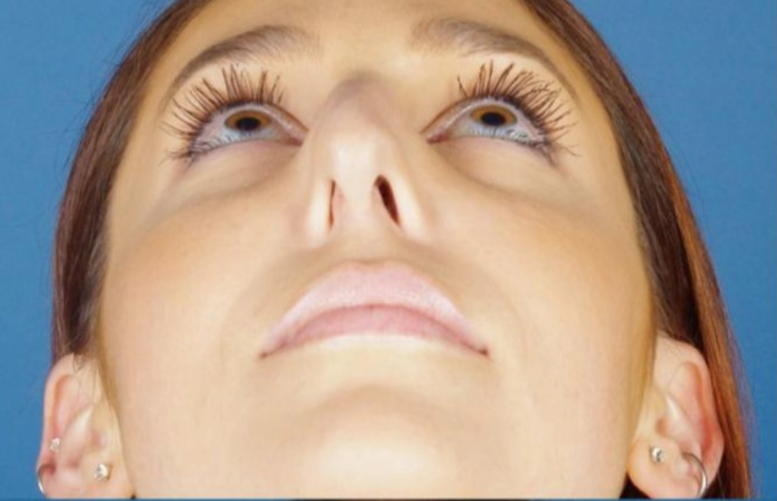
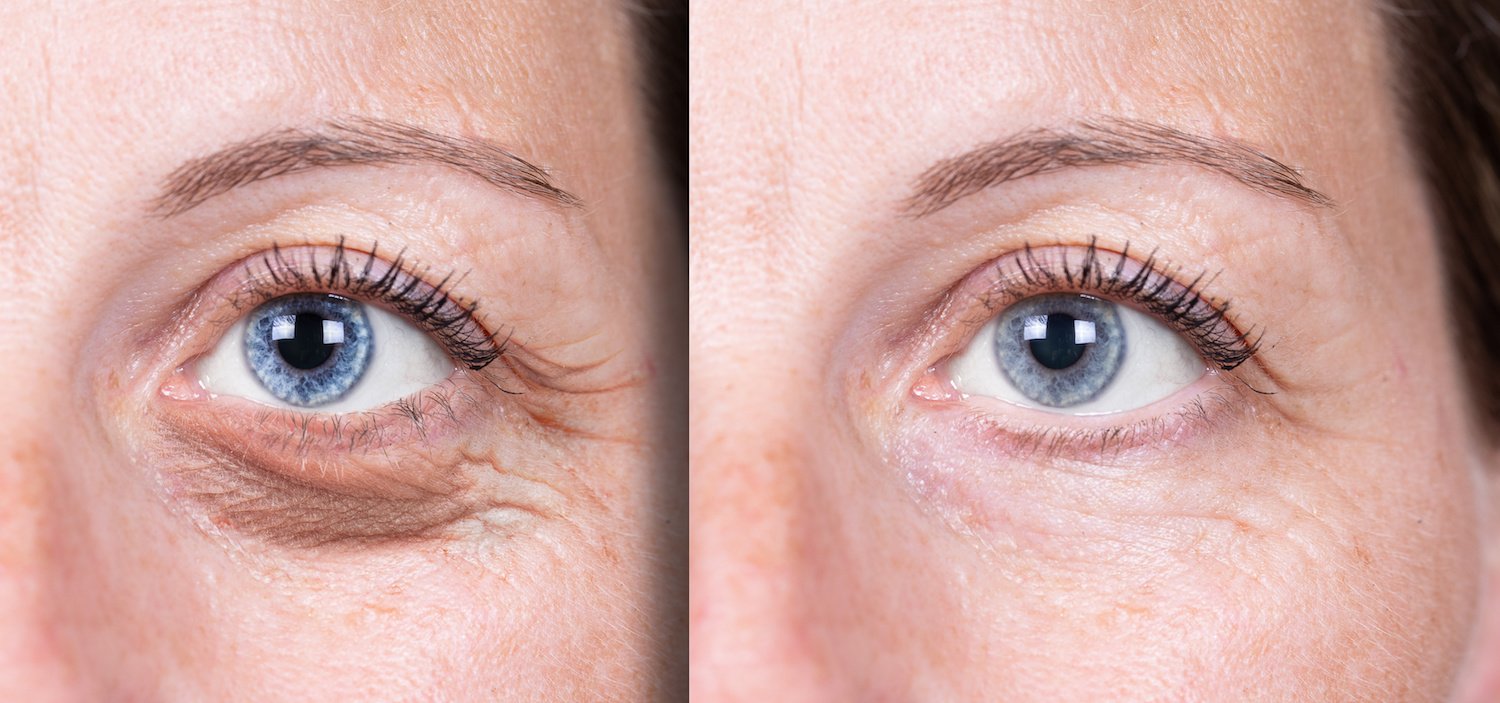
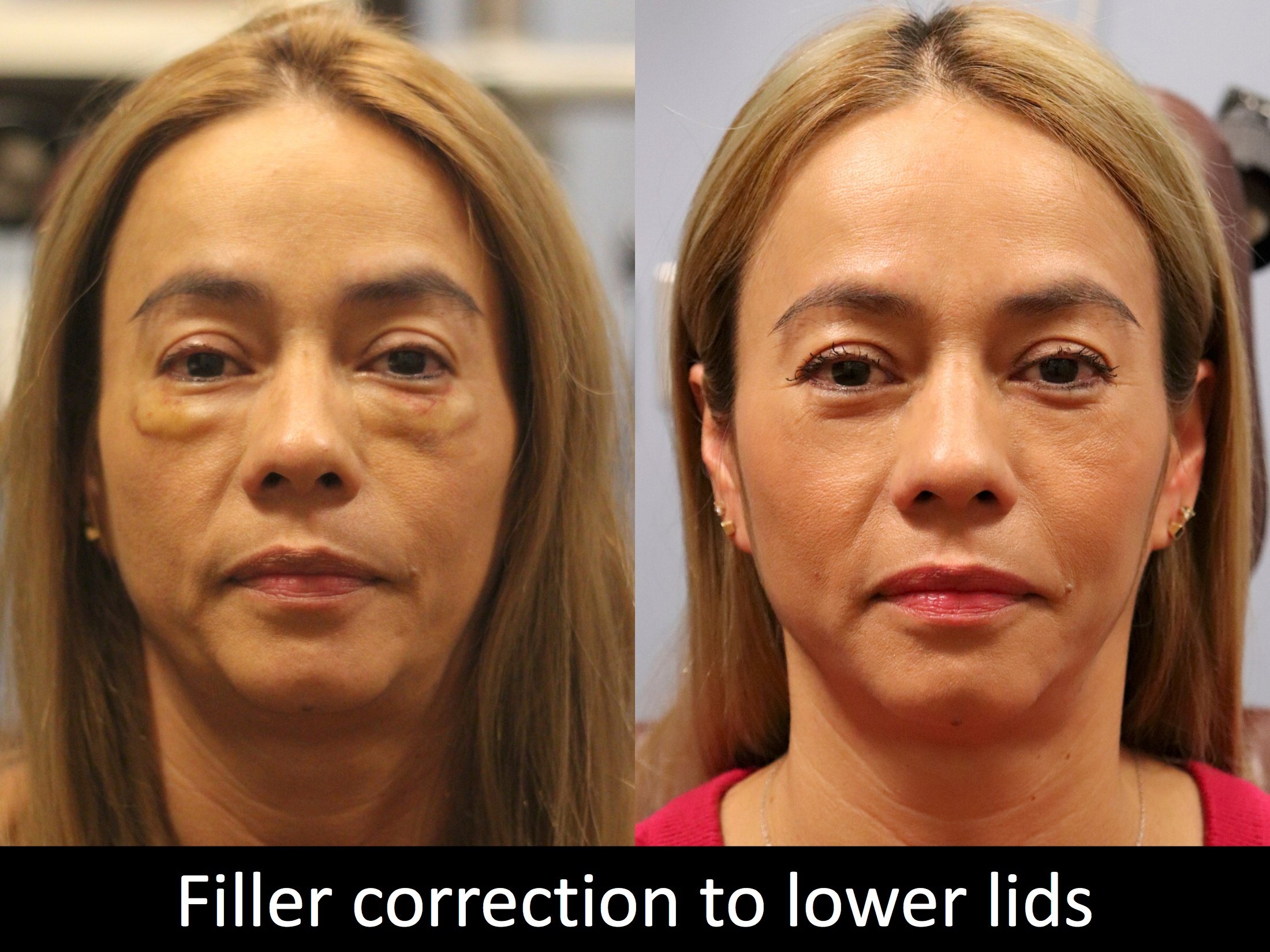
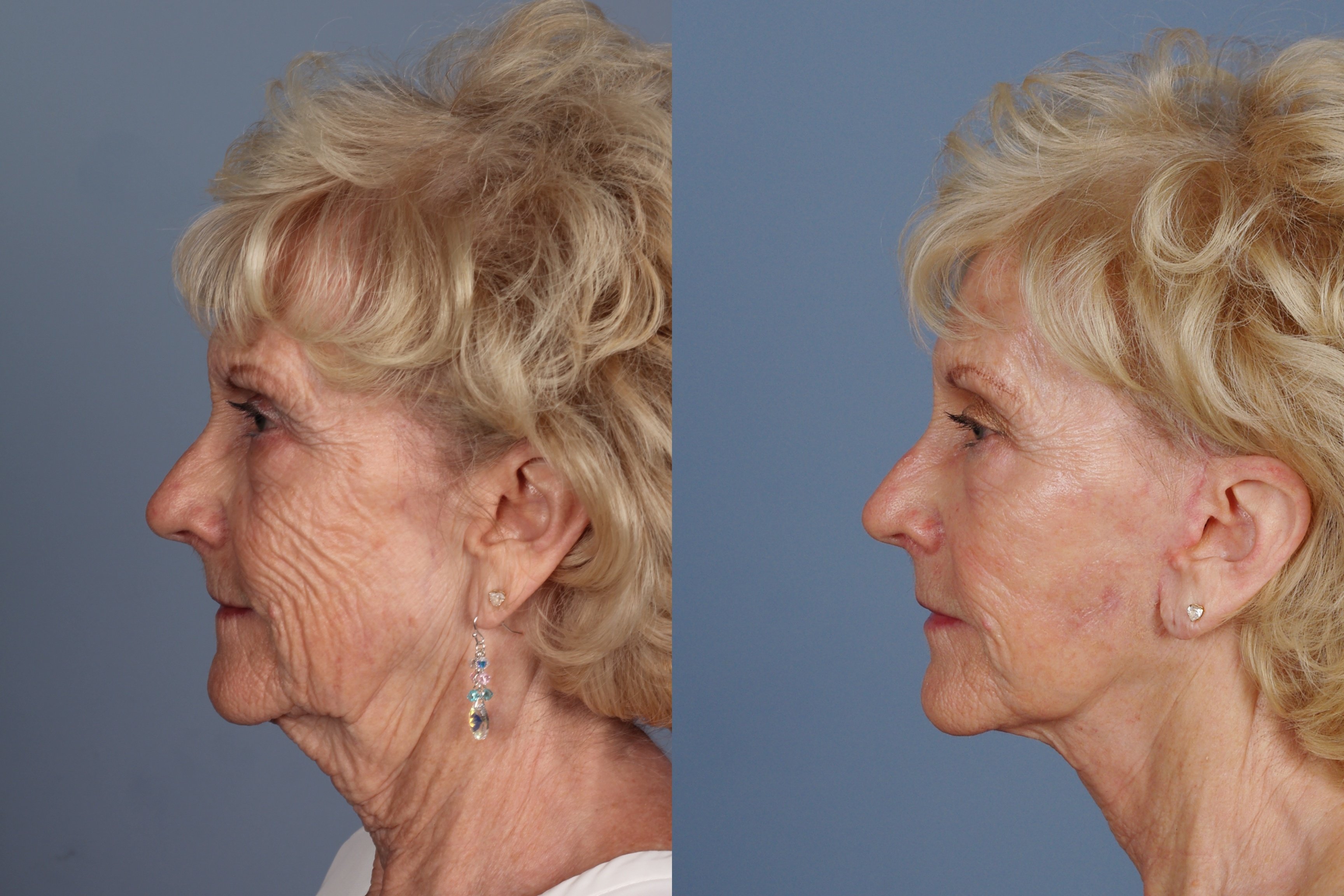
.jpeg)






